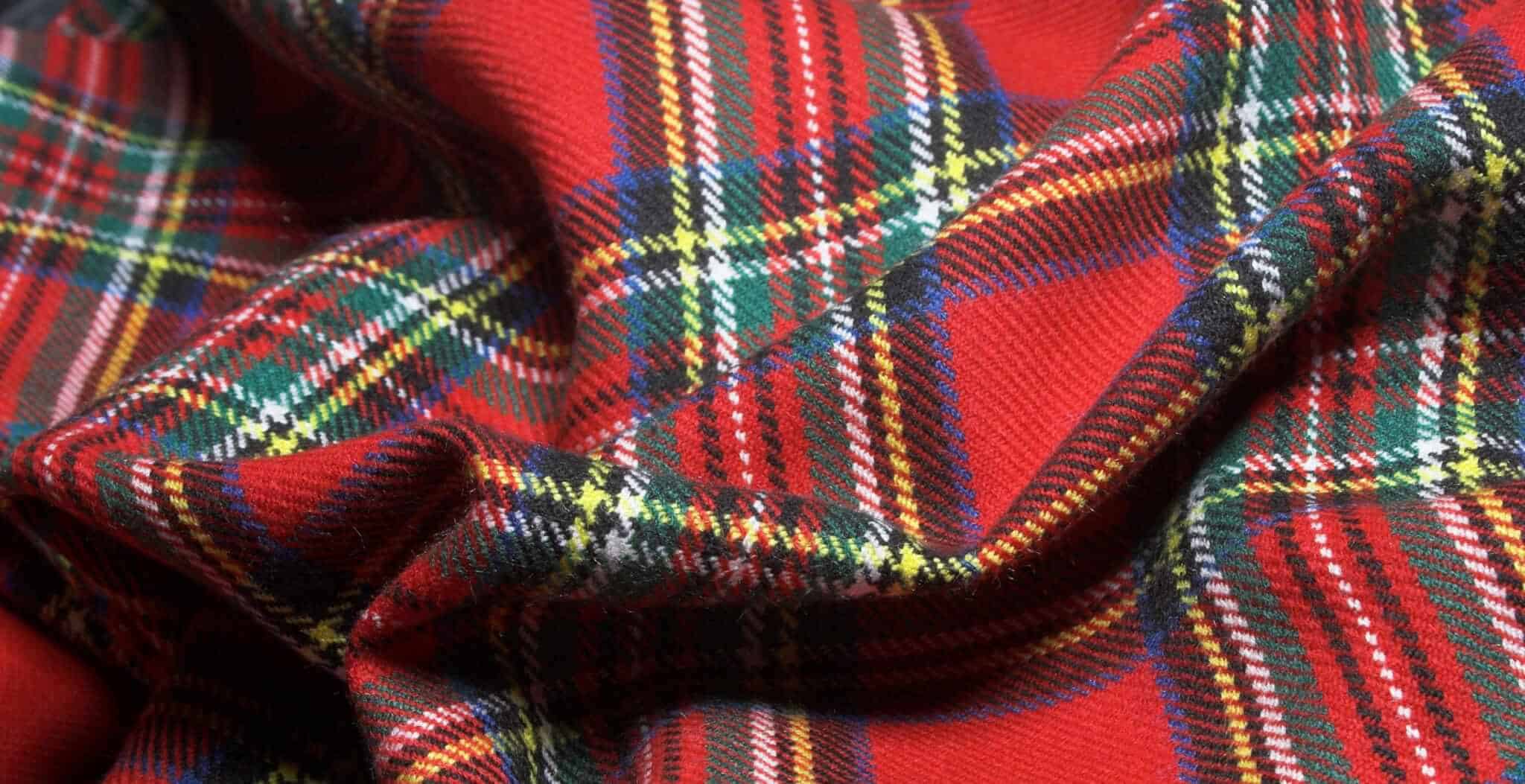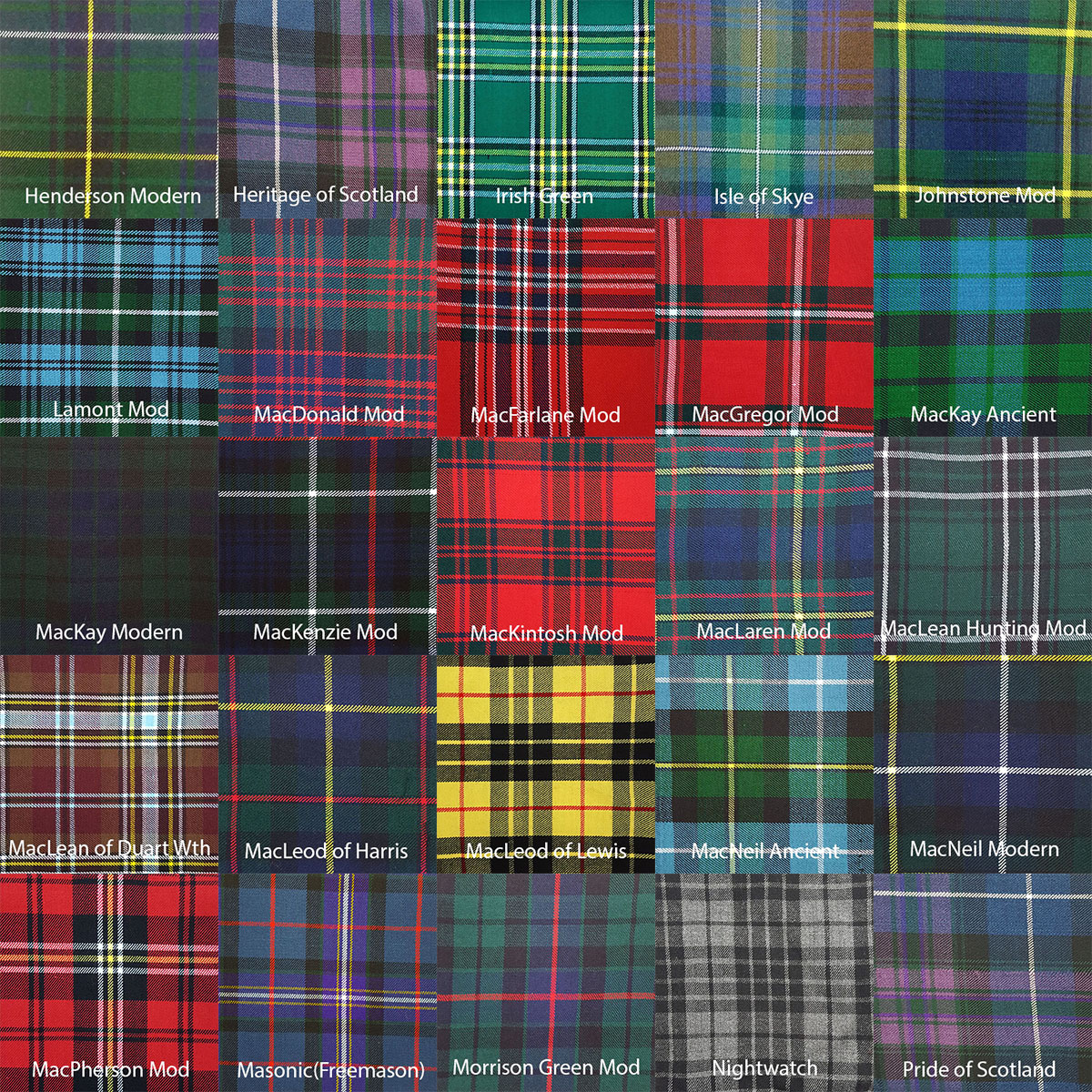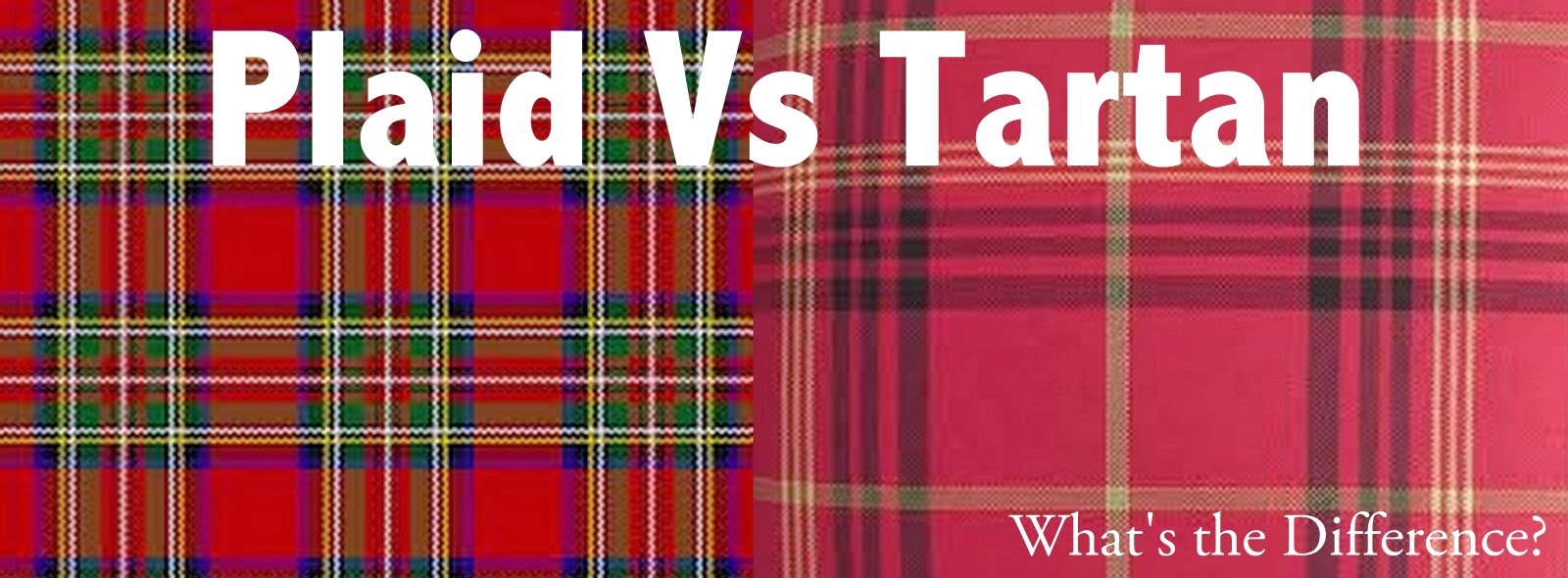History of Tartan

Tartan meaning – Tartan, the iconic plaid fabric associated with Scottish heritage, has a rich and multifaceted history that spans centuries. Its origins can be traced back to the ancient Celtic tribes who inhabited the highlands of Scotland. The earliest known examples of tartan date back to the 3rd century AD, and it is believed that each clan or family group had its unique pattern, which served as a symbol of identity and unity.
Tartan, a patterned fabric, is a beautiful representation of Scottish culture. The chevron pattern, often seen in tartans, is a symbol of rafters or roof beams. The Chevron Decision is a fascinating legal case that highlights the importance of understanding the nuances of legal language.
The case involved the interpretation of a contract that used the term “chevron.” By examining the context of the contract, the court was able to determine the intended meaning of the term and make a just decision. The case serves as a reminder that careful consideration of the meaning of words is essential in both legal and cultural contexts, just like the significance of understanding the symbolism behind the chevron pattern in tartan.
Cultural and Social Significance
Over time, tartan became deeply ingrained in Scottish culture and society. It was worn by people of all social classes, from peasants to nobles, and was used for a variety of purposes, including clothing, bedding, and even currency. Tartan also played a significant role in clan warfare, as it allowed warriors to easily identify friend from foe on the battlefield.
Historical Uses, Tartan meaning
Throughout history, tartan has been used in a wide range of contexts, both within Scotland and beyond. Some notable examples include:
- Military: Tartan was commonly worn by Scottish soldiers, particularly during the Jacobite uprisings of the 18th century.
- Fashion: In the 19th century, tartan became popular as a fashion fabric, particularly among the upper classes in England and Europe.
- Cultural Symbol: Tartan is now recognized as a global symbol of Scottish heritage and is worn by people of Scottish descent around the world.
Types and Patterns of Tartan: Tartan Meaning

Tartan designs are incredibly diverse, each with its own unique story to tell. From classic clan tartans to modern variations, the types and patterns of tartan are as varied as the cultures that have created them.
The patterns of tartan are created by intersecting horizontal and vertical bands of different colors and widths. These bands can be plain, striped, or checked, and the resulting designs can be simple or complex.
Symbolism and Meaning
The colors and patterns of tartan often have symbolic meanings. For example, red is often associated with courage, blue with loyalty, and green with hope. The arrangement of the bands can also have meaning, with some tartans being designed to represent specific clans or families.
Popular Tartan Patterns
There are hundreds of different tartan patterns, each with its own unique name and history. Some of the most popular tartan patterns include:
- Black Watch: A dark blue and green tartan associated with the Black Watch regiment of the British Army.
- Royal Stewart: A red, blue, and green tartan associated with the Royal House of Stewart.
- Burberry: A black, red, and beige tartan that is synonymous with the luxury fashion brand.
| Tartan Pattern | Associated Clan or Region |
|---|---|
| Black Watch | Black Watch regiment of the British Army |
| Royal Stewart | Royal House of Stewart |
| Burberry | Luxury fashion brand |
Tartan in Contemporary Fashion and Culture

Tartan, with its vibrant colors and intricate patterns, has transcended its traditional Scottish roots to become a versatile and stylish fabric in contemporary fashion and culture. In the realms of fashion, interior design, and other creative fields, tartan has found a new lease on life, inspiring designers and artists alike.
In the fashion industry, tartan has become a staple fabric for both traditional and modern designs. From classic kilts and formal wear to edgy streetwear and avant-garde creations, tartan has proven its adaptability. Designers such as Vivienne Westwood, Alexander McQueen, and Marc Jacobs have incorporated tartan into their collections, showcasing its versatility and timeless appeal.
Tartan in Interior Design
Beyond fashion, tartan has also made its mark in interior design. Its bold patterns and rich colors add a touch of warmth and character to any space. Tartan throws, pillows, curtains, and upholstery bring a sense of Scottish heritage and cozy elegance to living rooms, bedrooms, and other areas of the home. Designers are also experimenting with new ways to incorporate tartan into interior design, such as using it as wallpaper or creating modern furniture pieces with tartan accents.
Tartan in Other Creative Fields
The influence of tartan extends beyond fashion and interior design. In the world of art, contemporary artists such as Grayson Perry and Damien Hirst have used tartan in their works, exploring its cultural significance and visual appeal. Tartan has also found its way into music, with bands like the Red Hot Chili Peppers and Green Day incorporating it into their album covers and merchandise. The versatility and enduring popularity of tartan continue to inspire creatives across various fields, making it a truly iconic and timeless fabric.
Tartan is a type of plaid fabric, typically woven in a repeating pattern of coloured bands. One common element in tartan designs is the “overturned chevron” ( overturned chevron ), which resembles an inverted V-shape. This motif is often used to create borders or other decorative elements within the tartan pattern, adding a touch of visual interest and complexity to the overall design.
Tartan, a traditional Scottish fabric, is characterized by its distinctive checkered pattern. The intricate weaving technique used to create tartan, known as chevron ruling, is a fascinating aspect of its production. To delve deeper into the intricacies of chevron ruling, I highly recommend exploring the comprehensive article at chevron ruling explained.
Returning to the topic of tartan meaning, it’s worth noting that the specific colors and patterns used in each tartan often hold symbolic significance, reflecting the wearer’s clan or region.
Tartan, a vibrant woven fabric characterized by crisscrossing stripes, has a rich history steeped in Scottish tradition. Its patterns often symbolize clans and regions. Intriguingly, the chevron pattern, commonly associated with Native American tribes, shares a striking resemblance to the stripes of tartan.
While the legal battle between Chevron and NRDC ( chevron vs nrdc ) highlights the complexities of environmental law, it also sheds light on the diverse cultural significance of patterns like tartan and chevron.
Tartan, a traditional Scottish fabric with a checkered pattern, has a rich history and cultural significance. Interestingly, the concept of deference to agency interpretation, as seen in the Chevron decision of the Supreme Court chevron decision supreme court , bears some resemblance to the idea of respecting traditional interpretations of cultural symbols like tartan, ensuring their continued relevance and meaning in modern society.